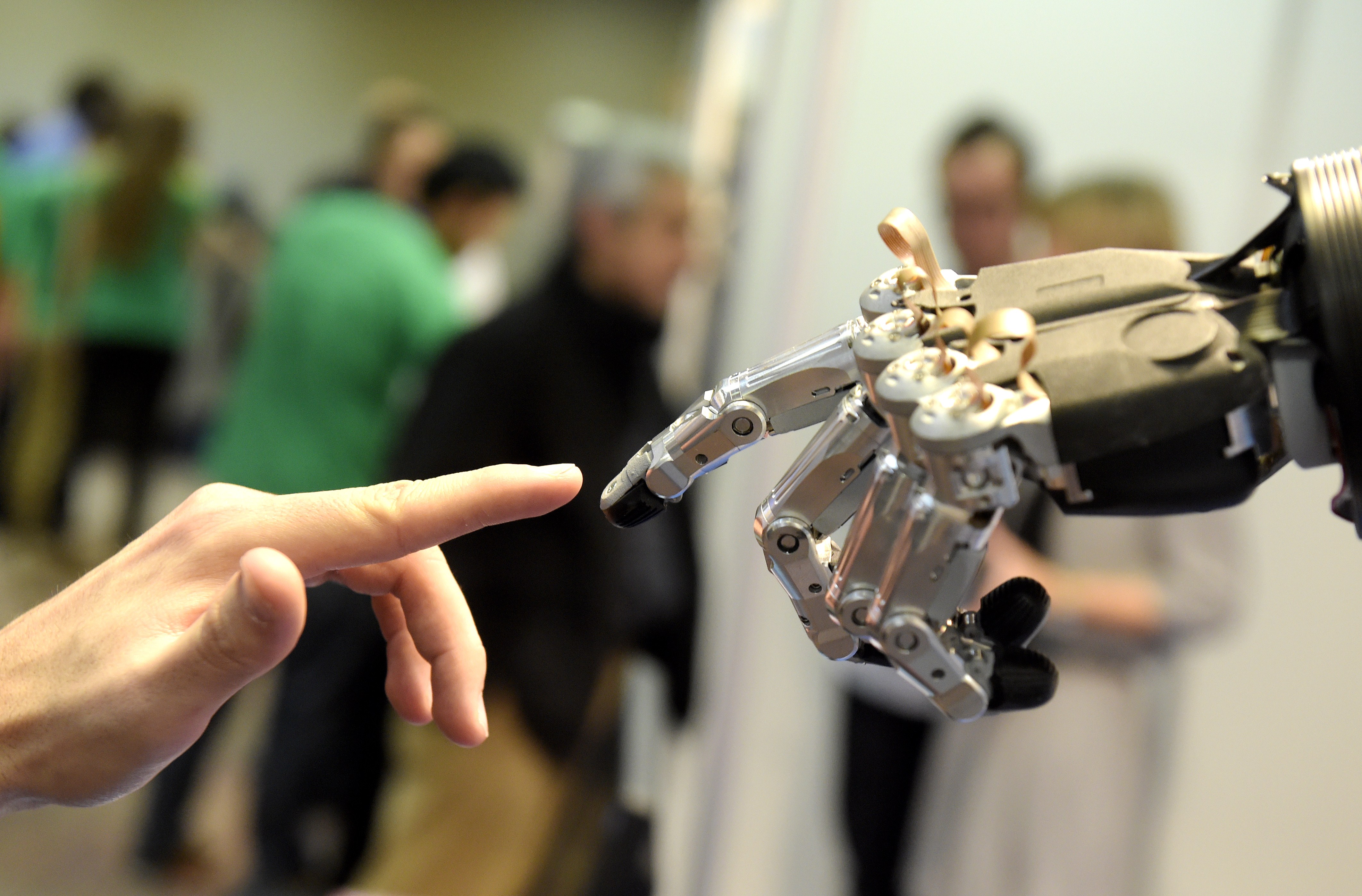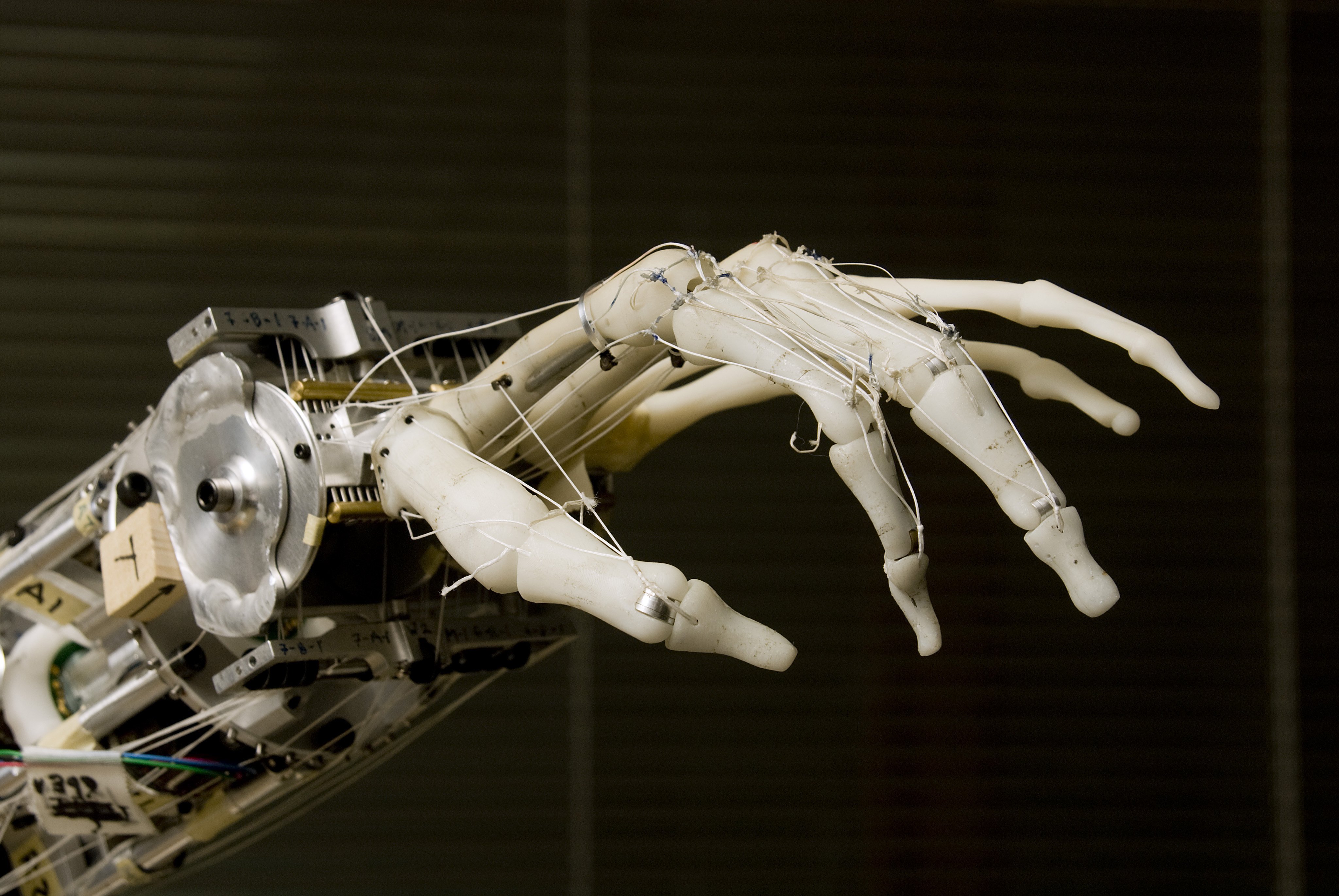
Do robots ever have feelings? Are they conscious and aware of the world around them? As science fiction becomes reality, questions regarding artificial intelligence have cropped up over and over. In this article, we explore some of the qualities that make up a robot – what sets it apart from computers and human beings.
We’ll discuss its autonomous ability to think independently and act without input from people and how it interprets its environment through physical feedback. Finally, you’ll see how these attributes define robots today to create an extraordinary place in our increasingly interconnected universe.
Table of Contents
Robots Autonomy
Robots are often seen as mysterious and complex machines, but to understand their capabilities, it’s essential to consider all the qualities that define them. One of the most defining qualities of robots is their autonomy; robotic systems can operate independently with limited or no input from humans. Autonomy gives robots a sense of freedom and allows them to think and make decisions independently— unlike humans, who need someone guiding them throughout life.
This trait uses cutting-edge programming, sensors, and AI to perform its duties accurately while being more efficient than human workers. Through this technology, robots can learn from their mistakes quickly and autonomously, thereby continuing to serve humanity without bias or judgment. It makes them unique and presents real opportunities for revolutionizing the labor market and our way of living.
Robots Can Sense The Environment
Robots can also sense their environment by gathering data and information through physical feedback. This is done with the help of robotic arms (which can be programmed), cameras, and sensors that allow robots to detect objects around them to complete tasks.
For instance, robotic arms are designed to move in specific directions by receiving input from tactile sensors; they’re able to pick up objects in a precise manner without having to be programmed every time.
Robots Can Act Independently
Robots can also perform tasks independently — a feature that sets them apart from computers and human beings. It means they can carry out specific instructions without needing human input. For example, robotic arms can be programmed to perform assembly line tasks, such as picking up and sorting items by color or size, without manual input.
Robots also use AI and sensors to interpret the environment around them, allowing them to adjust their actions according to the situation, making them incredibly versatile.
Robots Are Physically Capable
Robots are also physically capable of performing complex tasks. They can use their mechanical arms and other components to move things from one place to another or quickly pick up items. Additionally, robots have an incredible strength-to-weight ratio — meaning they can lift heavier objects than humans and do so with minimal effort.
They also can move quickly, making them ideal for tasks that require speed. This combination of strength and speed makes robots well-suited for assembling products in factories or exploring hazardous environments.
Robots Can Process Information Quickly
Robots can process information quickly, making them ideal for data-intensive tasks. They can crunch through large amounts of data in a short amount of time and quickly identify patterns or trends that humans may miss. It makes robots suitable for analyzing complex datasets and creating reports with accurate statistics.

Additionally, robotic systems can be programmed to detect anomalies or errors and alert humans to potential problems. It makes them ideal for monitoring and controlling large systems such as nuclear power plants, where quick decision-making is crucial.
Robots Have Robotic Arms
Robotic arms are one of the defining features of most industrial robots. These robotic appendages can be programmed to perform specific tasks, such as picking up items, sorting them, and placing them in designated locations.
Robotic arms are typically equipped with sensors or cameras to detect objects around them and accurately complete their assigned tasks. Additionally, robotic arms can be enhanced with advanced AI capabilities, allowing them to make decisions independently and adjust their performance according to the situation.
Robots are Programmable
Robots are programmable and can be configured to carry out specific tasks, which is done by inputting instructions or a task list into the robot’s system. Once programmed, the robot will carry out its assigned duties until it is instructed to stop or change course.
Robots are ideal for repetitive tasks such as welding, painting, and assembly line work. Additionally, robots can be programmed to detect errors or anomalies in their environment and take corrective action if needed. It makes them suitable for operating high-risk systems such as those found in nuclear power plants or chemical plants.


